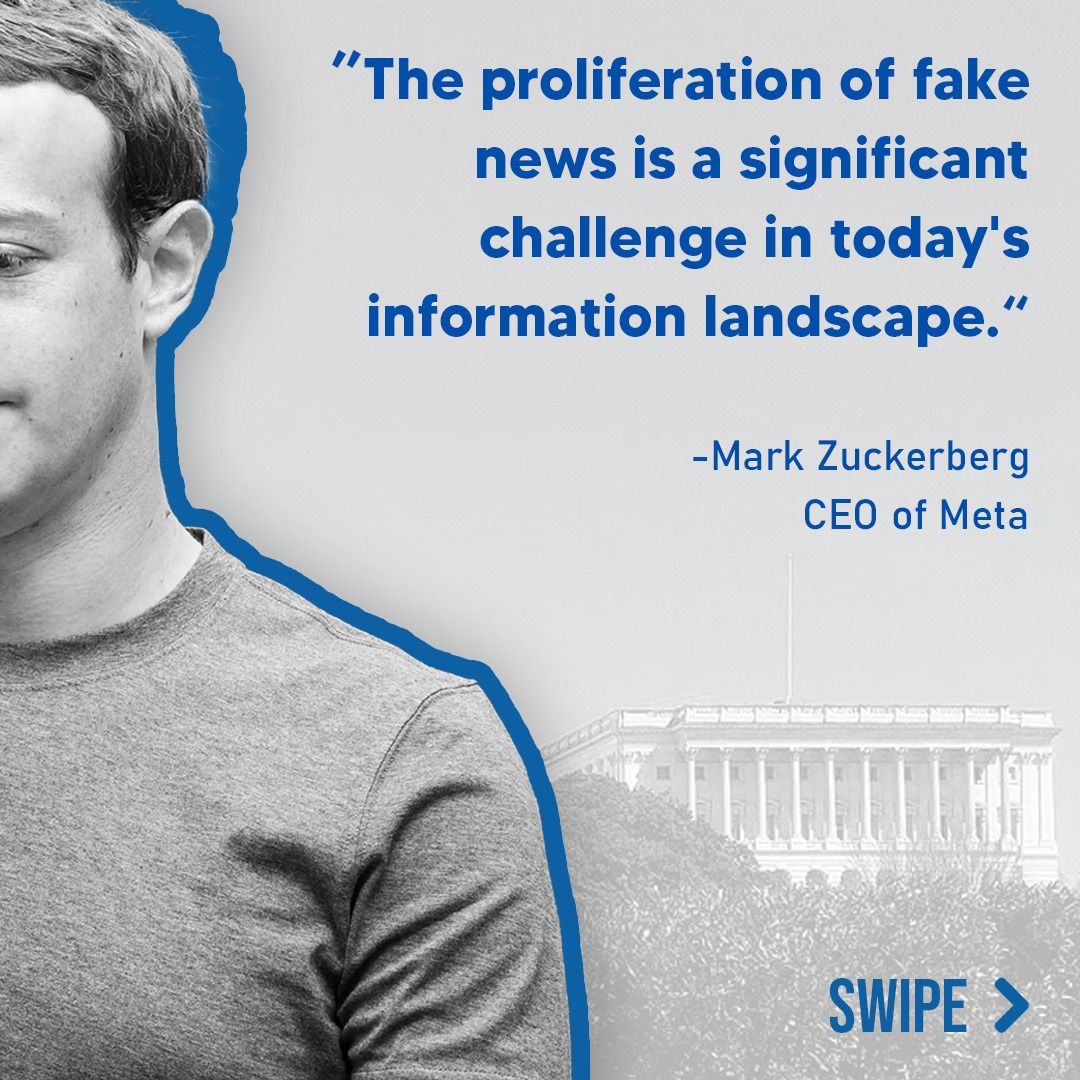
Fact Check Analysis: Does “Red Tape” Really Delay Debris Removal for LA Wildfire Victims?
At DBUNK LLC, one of our subscribers submitted this article for a fact check—an excellent reminder that you can also request fact checks via our platform for free. We investigated claims made in the New York Post article titled “LA wildfire victims forced to wait up to 18 months for toxic ash and debris removal before rebuilding — thanks to government red tape”, which raises concerns about delays attributed to governmental inefficiency.

Claim 1: Government bureaucracy causes debris removal delays of up to 18 months.
Analysis: The claim that “government red tape” is the primary reason for delays demands nuanced scrutiny. Officials, such as Col. Eric Swenson, confirmed that some properties could see delays due to complications related to ownership documentation or deed accessibility—a challenge often exacerbated when properties are held in trusts or listed under deceased owners. However, stating government inefficiency as the overarching cause is misleading.
The article does not provide balance by considering that these delays also result from stringent safety protocols mandated by agencies such as the Environmental Protection Agency (EPA). For instance, the EPA and Army Corps of Engineers must assess and remediate hazardous materials such as asbestos, lead-based paints, and toxic chemicals commonly dispersed during wildfires. These assessments are time-consuming but are essential for protecting public health and ensuring the rebuild process happens safely.
Missing Context: While the article paints an oversimplified narrative of bloated bureaucracy, it omits the necessity of environmental safeguards. These safety-driven processes, although timely, prevent dangerous exposure for returning residents. Additionally, federal or county-led removal efforts are often the only affordable option for underinsured homeowners. Failing to explore these factors minimizes the broader context.

Claim 2: Private contractors could remove debris faster than government-led efforts.
Analysis: The idea that private contractors “could likely do it much faster” is speculative and lacks supporting evidence. Private contractors may have fewer regulatory hurdles, but they also lack oversight, presenting risks such as improper hazardous material disposal. Regulatory procedures established by governmental programs help ensure compliance with state and federal environmental laws.
Additionally, when private contractors are hired, costs can often exceed what residents’ insurance policies will reimburse, as highlighted by the article’s own anecdote about Kimberly Bloom. Many residents cannot afford these out-of-pocket expenses, making government-led efforts their only viable option. Comparing private and public processes without factoring in affordability, legality, and safety creates a misleading impression that private methods are universally better.
Furthermore, the delays cited in the article stem not from inefficiency alone but also from the dramatic scale of the disaster: 12,000 structures were destroyed. Large-scale cleanup efforts take time, whether overseen privately or publicly.

Claim 3: Price gouging by landlords exacerbates hardship on displaced wildfire victims.
Analysis: The claim about illegal price hikes by landlords is accurate and is supported by legal actions cited in the article. California explicitly prohibits rent increases over 10% during declared emergencies. The assertion that some landlords attempted to gouge rents by as much as 50% aligns with publicized cases prosecuted by the California Attorney General. No corrections are necessary on this particular point.
Conclusion and Verdict
While the article raises legitimate concerns about the emotional and logistical hardships faced by wildfire victims, its selective framing oversimplifies key issues. By disproportionately focusing on perceived inefficiencies without acknowledging the complexities of environmental safety regulations, the piece fosters a narrative of blame rather than understanding.
Our analysis confirms that the claim that debris removal could take up to 18 months is accurate but misrepresents the root causes as primarily bureaucratic inefficiency. Delays are also driven by vital safeguards for public safety and large-scale logistics, not merely “red tape”. Regarding private contractors, the assertion that they are inherently faster ignores broader affordability, safety, and compliance concerns.
For readers seeking clarity, our fact check ensures accuracy without sensationalism, empowering you with evidence-based insights. If you’d like to debunk other misleading claims or submit a request for fact checking, connect with us today!
Download the DBUNK App—your go-to resource for cutting through misinformation. Stay informed and make empowered, factual decisions with the support of reliable tools.

